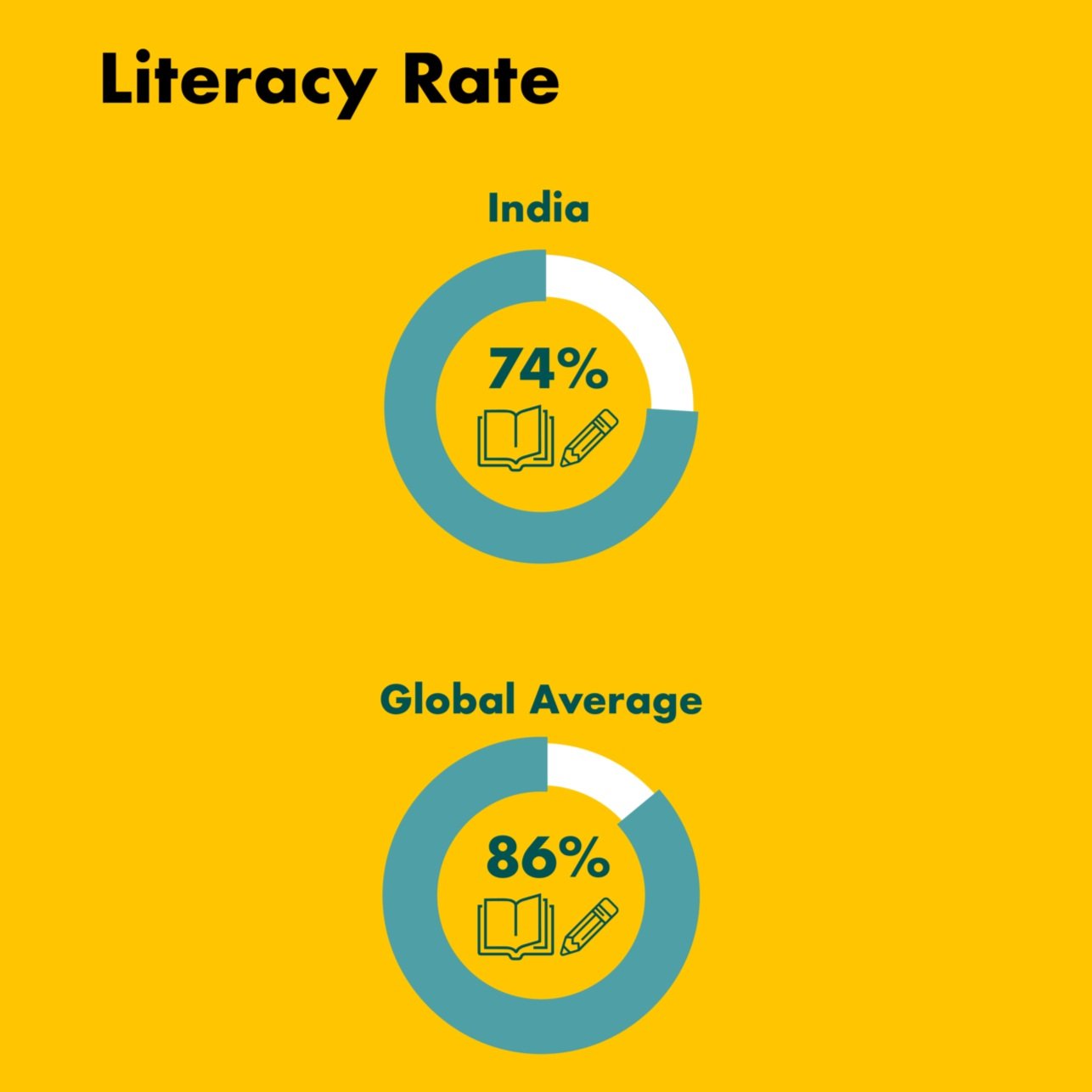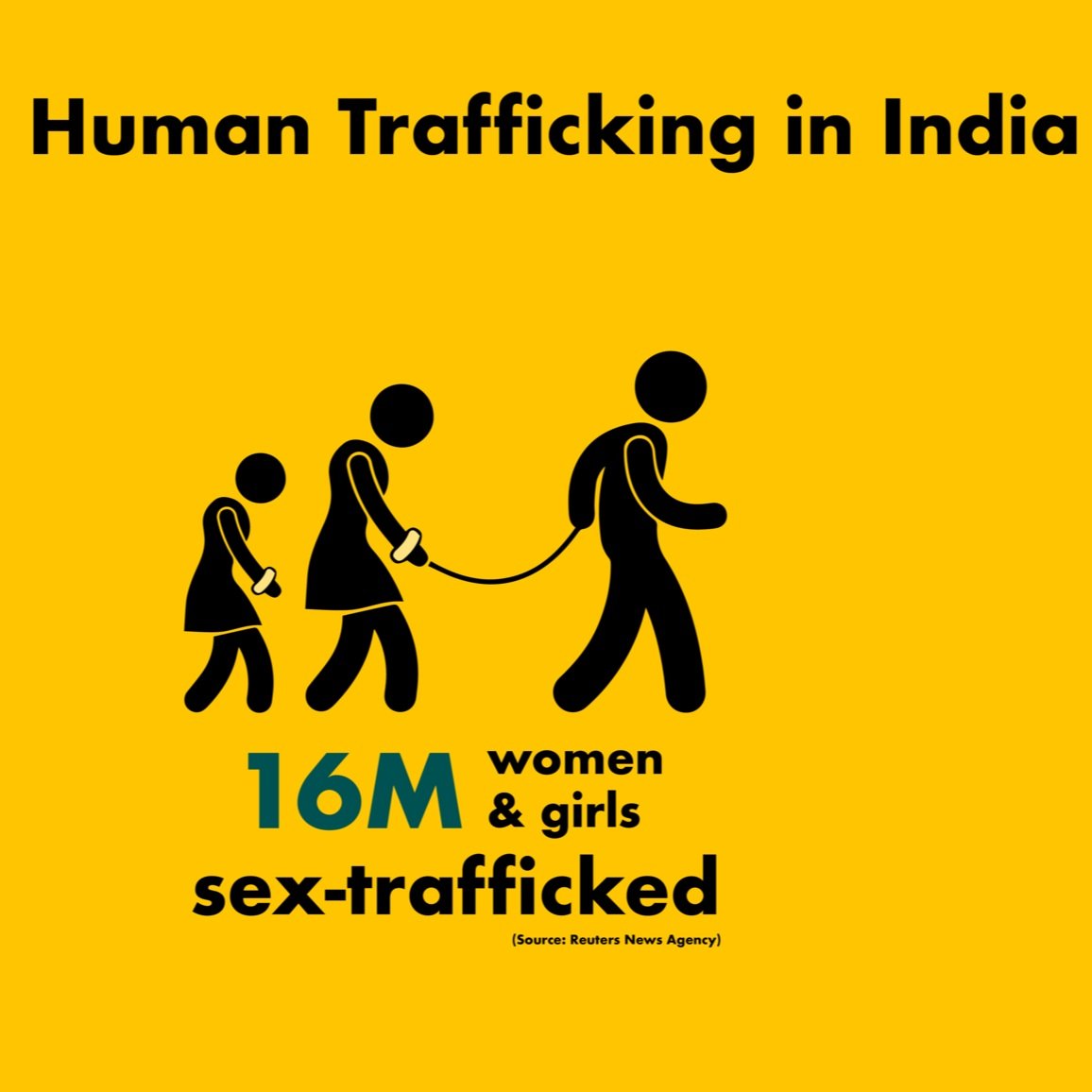
What Are Some of the Ethnic Minorities in India?
India is known for its rich culture and diversity, and one of the aspects that makes it unique is the presence of many different ethnic minorities. Many of these ethnic groups are classified under the Indian Constitution as “Scheduled Tribes.” Over 700 ethnic groups fall under the banner Scheduled Tribes.
Among these Scheduled Tribes are the indigenous people of India, commonly known as Adivasis or “first inhabitants,” who have lived in India for thousands of years. The Adivasis are divided into many different ethnic groups and tribes, each with its own unique language, culture, religion, and traditions. Read on to take a closer look at some of these ethnic minorities.

The Impact of Education on Economic Growth
One of the main benefits of education is that it improves upward social mobility. This means that individuals can better their standing in life by pulling themselves out of poverty and achieving financial stability due to employment. But education is not only beneficial for individuals, but also for an entire country’s economy. Here, we’ll look at the impact of education on economic growth.

The Increasing Importance of Higher Education Institutions in India
Around the world, higher education—also known as college, tertiary, or post-secondary education—has become increasingly important over the last few decades. In fact, enrollment in tertiary education in certain countries has spiraled by almost 40% from the 1970s to today.

The Relationship Between Education and Family Values in India
Family is an important part of nearly every culture around the world. In the Indian cultural context, it assumes great significance. Two key family values in India are loyalty and interdependence. Others include dedication, hard work, and resilience. These are essential in India’s collectivist society, as the goals or desires of a group—like a family—take precedence over any one individual’s. One example of this is parents making sacrifices to ensure their children have a better future.
The Cultural Diversity of India
India is one of the most culturally diverse countries in the world. There is no one, individual culture in India. Instead, there are numerous cultures that make up India. In this article, we’ll explain India’s cultural pluralism and how these many differences come together to form this unique country.
Ethnic, Linguistic, and Religious Pluralism in India
India is one of the most culturally diverse countries in the world. There is no one, individual culture in India. Instead, there are numerous cultures that make up India. In this article, we’ll explain India’s cultural pluralism and how these many differences come together to form this unique country.

The Effects of Incarceration on Families
The impact of the crime and incarceration not only affects the criminal, but has a compounded impact on the lives of their families and friends. The 20 countries with the largest numbers of prisoners in the world have nearly 7 million incarcerated individuals combined. Consider the millions related or connected to them who are also implicated - wives, husbands, daughters, sons, mothers, fathers, and more.
How Does Poverty Affect Education?
There is a direct correlation between poverty and education and a clear negative relationship between the two. In fact, a lack of education is one of the seven most common causes of poverty. Studies show that poverty occurs more frequently in countries where education is less developed. Furthermore, schooling has been proven to be one of the strongest predictors of economic well-being.
Why There Are So Many International Indian Students in the United States and Other Countries
India is the second-most populous country in the entire world with over 1.4 billion people. It is also home to the largest population of individuals under the age of 25, with around 600 million. That means there are millions of Indian students looking for post-secondary education opportunities. In this article, we’ll explain why there are so many Indian students in the United States and other countries, like Ukraine (until recently).
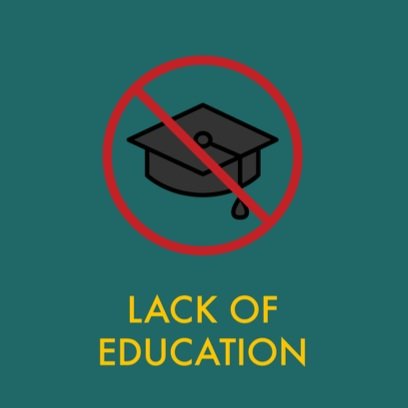
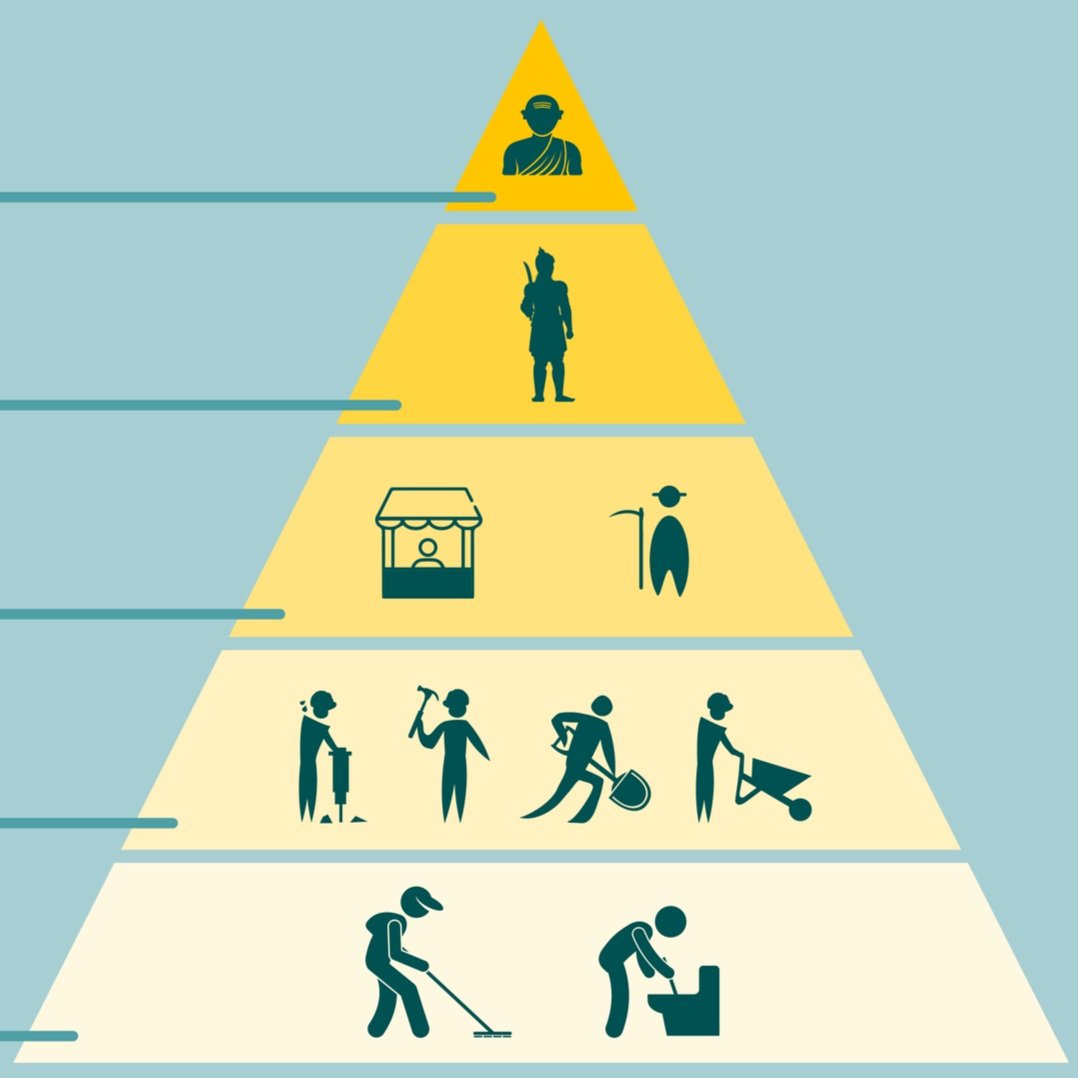
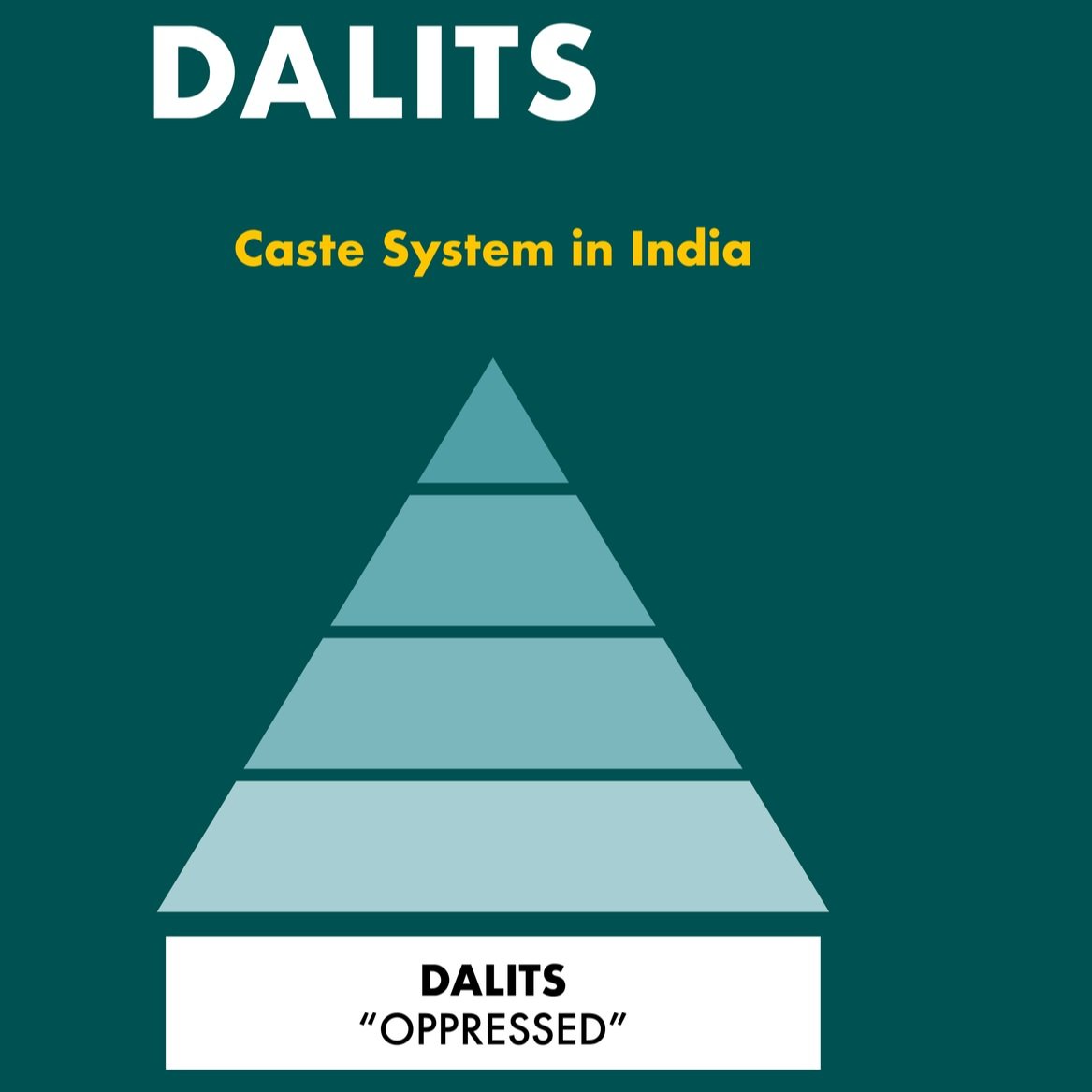
The Importance of a College Education
Literacy is a vital life skill needed to understand and communicate with others, but not everyone receives the opportunity to become literate. This article explains what you need to know about India’s literacy rate and the reasons why this is critical.
What Do Primary, Secondary, and Post-Secondary Education Mean?
Literacy is a vital life skill needed to understand and communicate with others, but not everyone receives the opportunity to become literate. This article explains what you need to know about India’s literacy rate and the reasons why this is critical.
